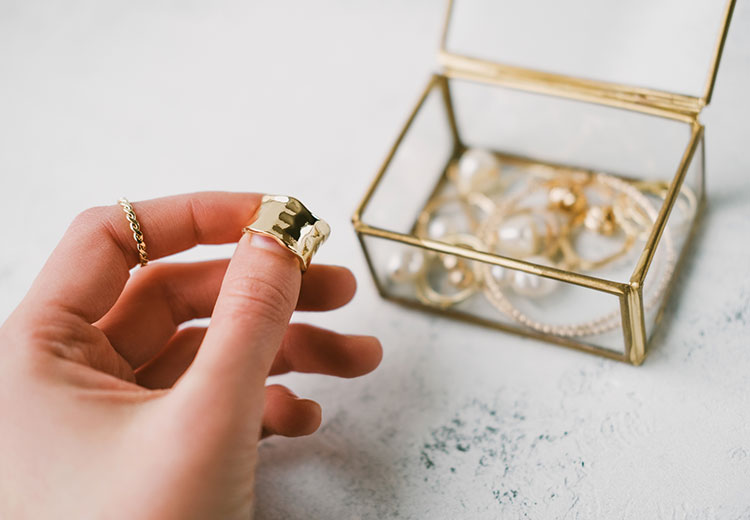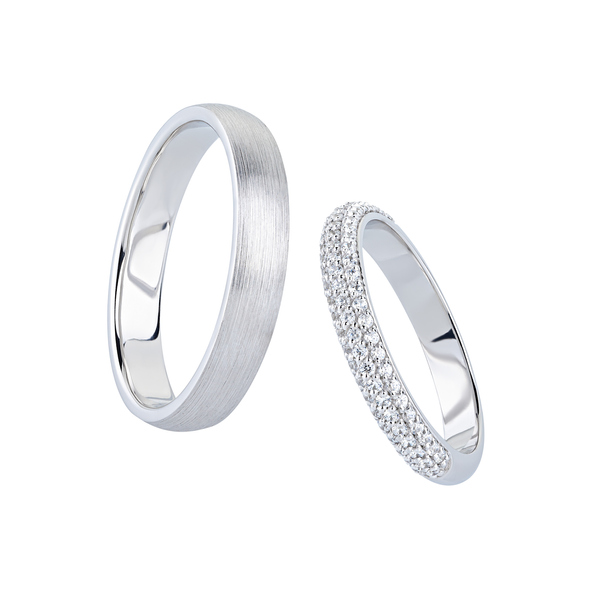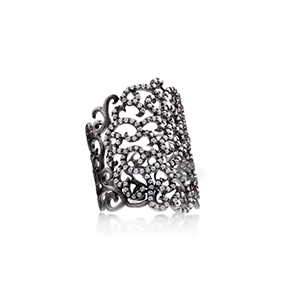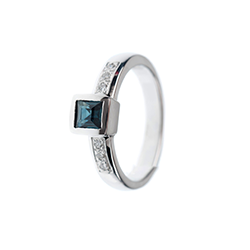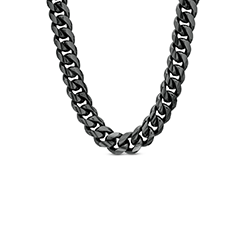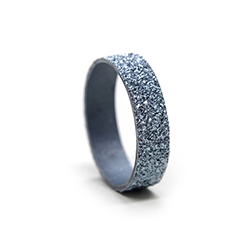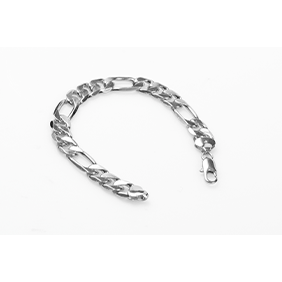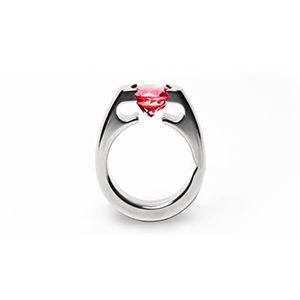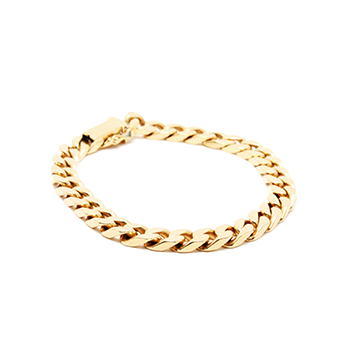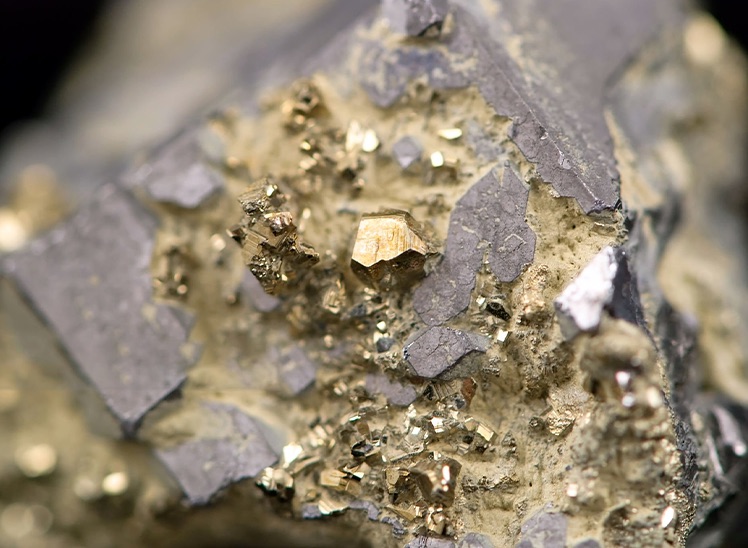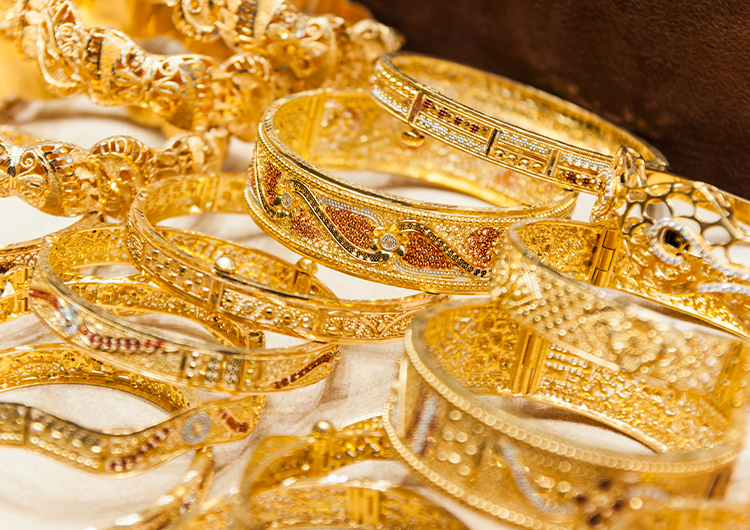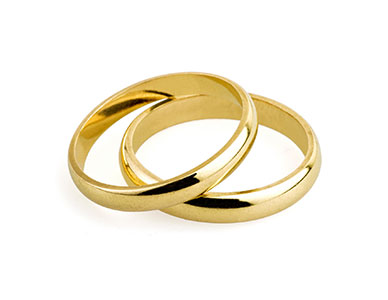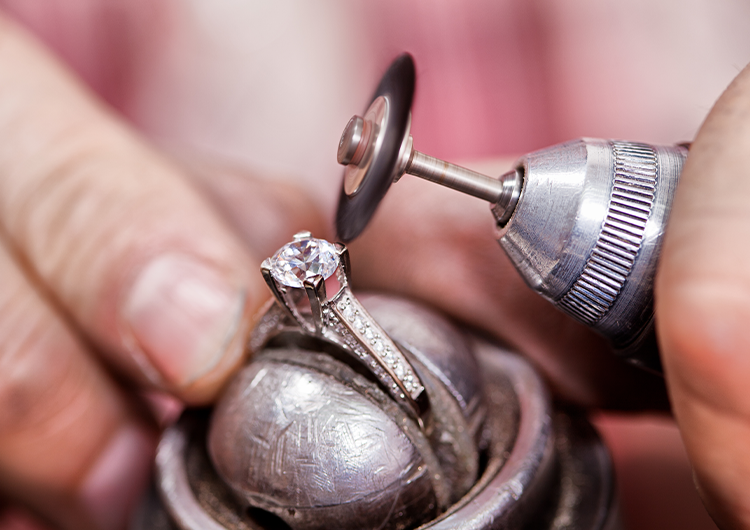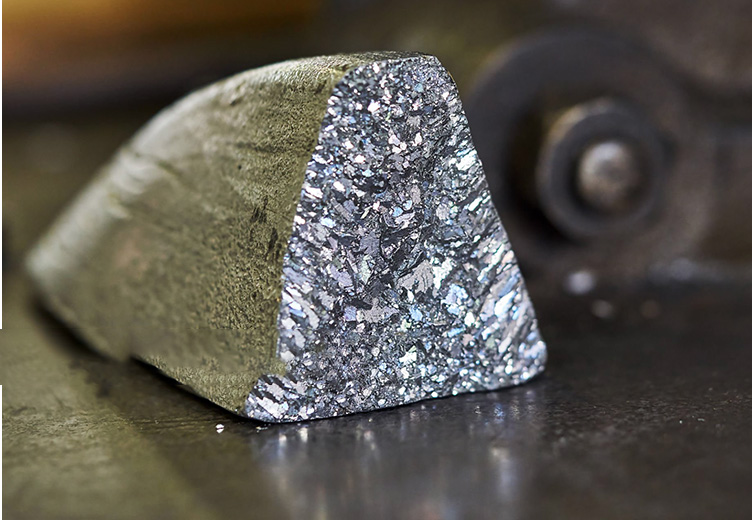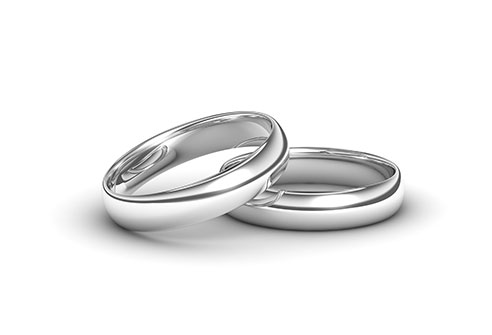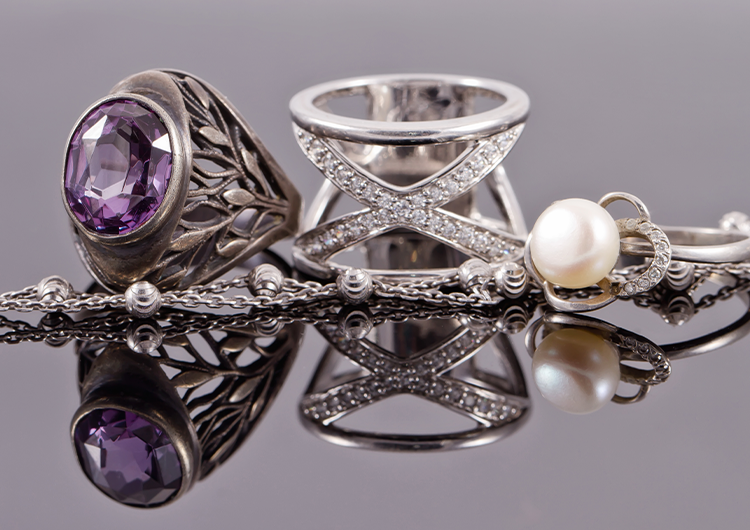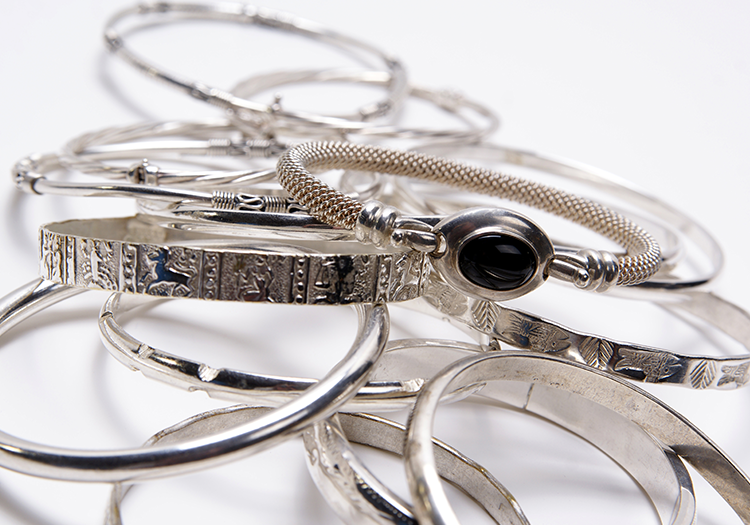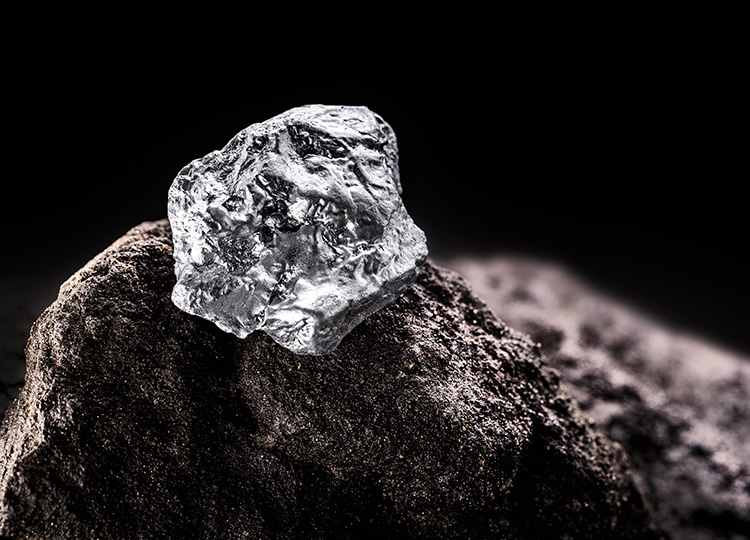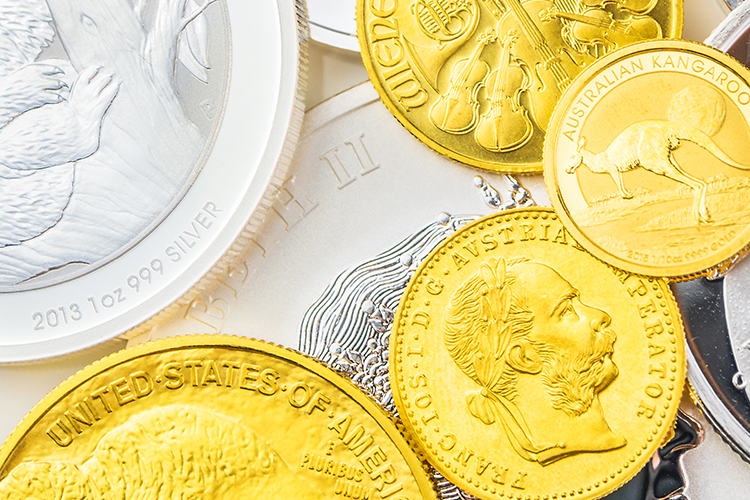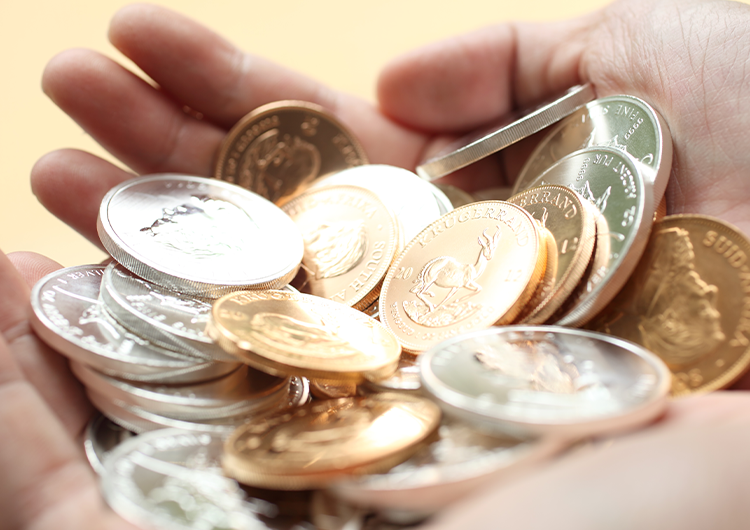Regardless of all gold’s desirable properties, it does have one drawback: softness. This means that it can wear out easily–this quality is different from mineralogical/gemological measurements of hardness as resistance to scratching. However, mixing gold and other metals can create gold alloys that are more durable, stronger, and better suited for certain uses. Certain items are made from pure gold, but when it comes to jewelry, these pieces show wear and dent so readily that most people wouldn’t wear pure gold jewelry on a regular basis.
Metals commonly mixed with gold to create alloys include copper, nickel, zinc, iron, tin, cadmium, manganese, titanium, and silver. In addition to enhancing gold’s strength, alloying also changes some of its properties. For example, some gold alloys can cause allergic reactions or stain skin. These reactions aren’t caused by the gold itself, but instead the alloyed metals.

